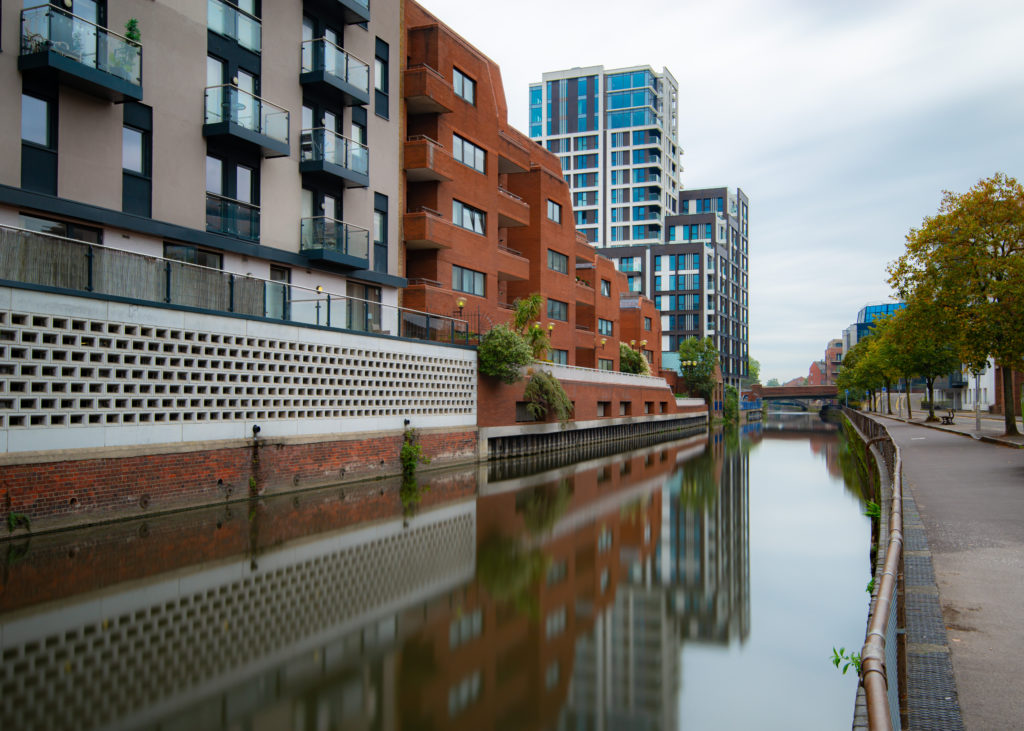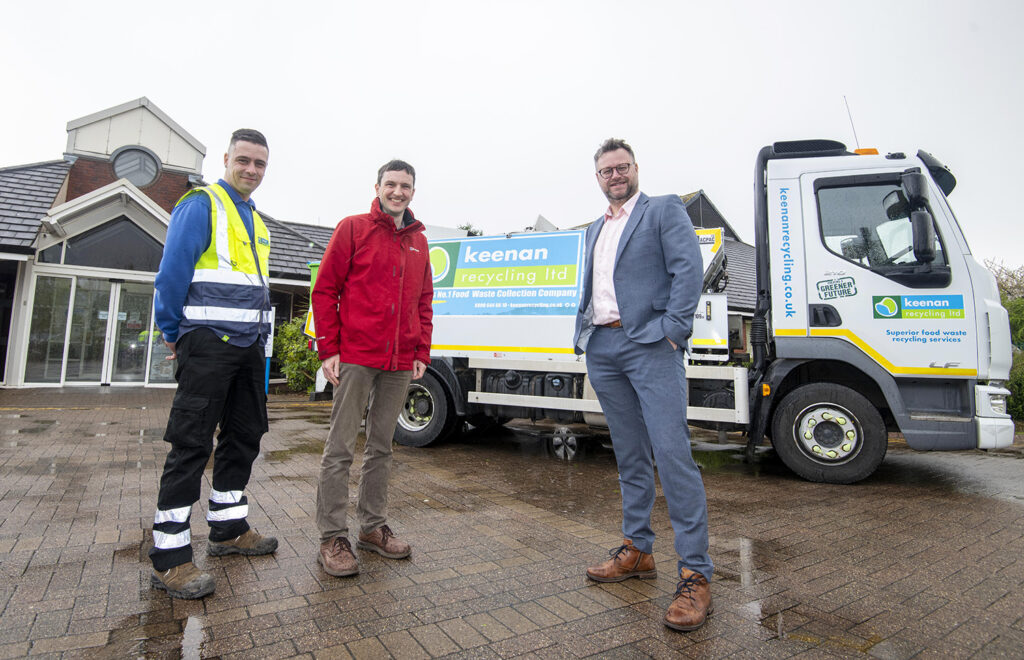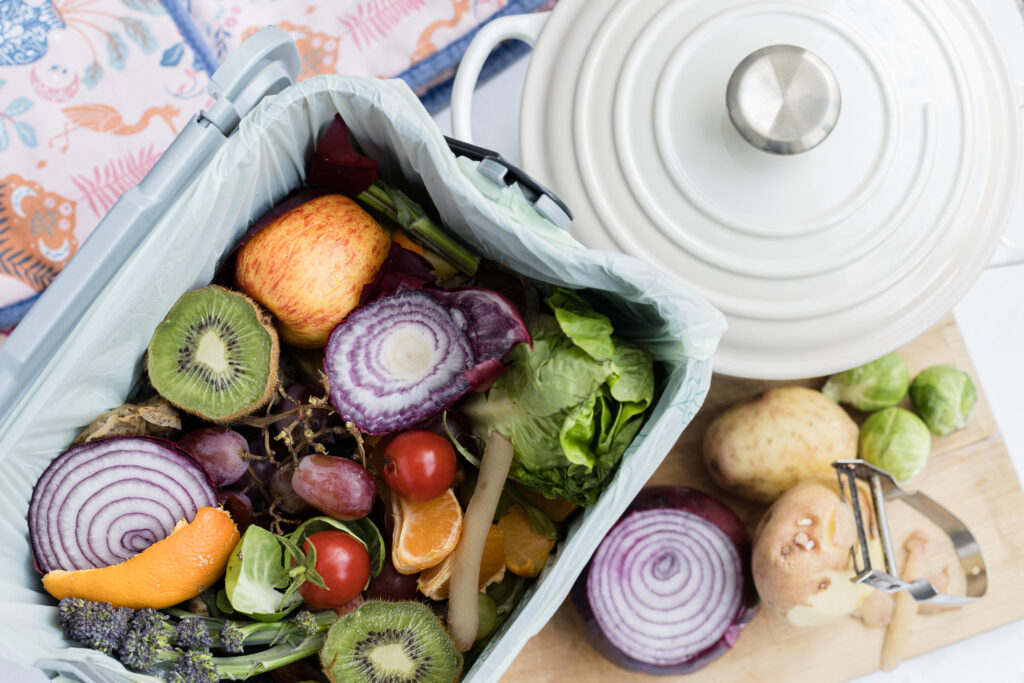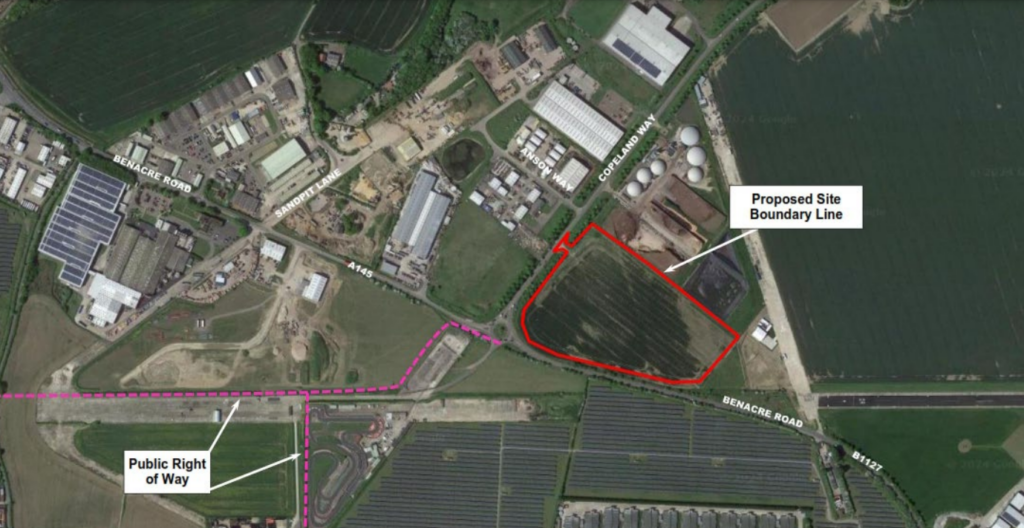Reading began its food waste collections trial in 2019 to 3,000 properties, before expanding it to 56,000 properties over the next two years. In this time, its recycling rate has risen from 36.1% in 2020/21 to 51.5% in 2021/22. The Labour-controlled authority had aimed for a 7% rise.
Now, the borough is rolling out food waste collections to flats on a “block by block” basis.
In the summer, the council rolled out collections to 950 flats across 42 blocks. This work is continuing through 2023 and will eventually see 14,500 high and low rise flats participating in the scheme.
Flats
Since expanding food waste collections, the local authority noted that the proportion of food waste found in the residual waste dropped by around 18%.
Councillor Karen Rowland, lead member for environmental services and community safety, said that with the service being expanded to flats, the recycling rate is expected to further increase.
“Working through the unique challenges of blocks of flats on an individual basis helps officers to tailor and approach and methods for collection that best fits each site and its residents. Officers look to speak and engage with residents and management agents to provide guidance on using the new service as well as answering queries on its implementation and how it fits with the existing kerbside recycling scheme,” she added.
Waste analysis
According to a waste composition analysis undertaken by FCC in partnership with Socotec, which took place over two weeks in May and June 2022, 62.1% of what was found in residual waste was recyclable, with food waste amounting to 22.4%.
Additionally, nearly 32% was made up by other recyclable material, with green waste coming up to 7.8%, the report said.
The document also highlighted that if all food waste was recycled correctly, there would be a saving of £1.55 million. The document also suggested sourcing a more local digester as the current food waste is being taken to Oxfordshire.
Overall increase
Reading borough council forms part of re3 Waste Partnership, which also includes Bracknell Forest council and Wokingham borough council.
The council stated that all three councils have seen an increase on their rates from the previous year. It explained that “the main reasons for this were the changes made at kerbside recycling, with more waste being taken to the recycling centres in the past year in comparison to the first and second year of the pandemic”.
Reading council serves a population of around 175,000 residents across 67,000 households.












Subscribe for free